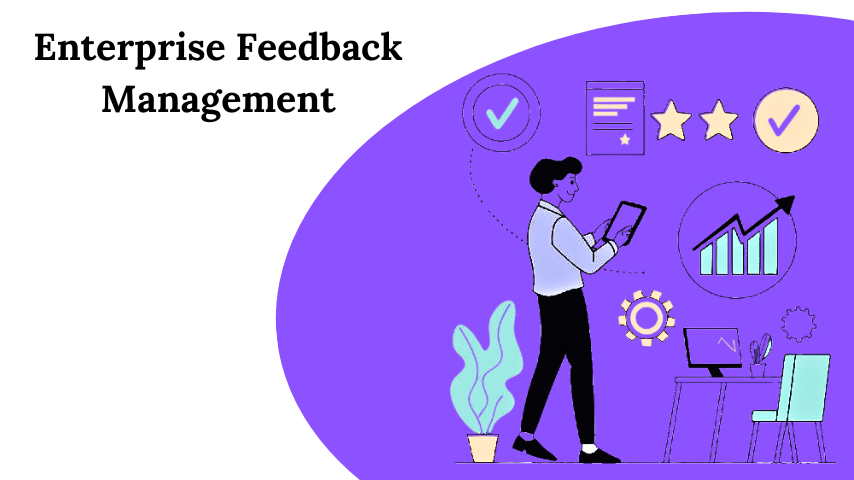In today’s rapidly evolving digital landscape, organizations are constantly seeking ways to streamline their operations, enhance productivity, and maintain a competitive edge. A platform management system has emerged as a critical solution for businesses looking to centralize, optimize, and control their digital ecosystems. This comprehensive guide will explore the intricacies of platform management systems, their importance in modern enterprise environments, and how they intersect with enterprise feedback management.
Understanding Platform Management Systems
Definition and Core Concept
A platform management system is a sophisticated technological framework designed to oversee, coordinate, and optimize the entire lifecycle of digital platforms, applications, and technological infrastructure within an organization. It serves as a centralized command center that enables businesses to:
- Monitor system performance in real-time
- Manage complex technological ecosystems
- Ensure seamless integration between different software and hardware components
- Implement robust security protocols
- Facilitate efficient resource allocation
Key Components of a Platform Management System
Platform management systems typically incorporate several critical components:
Infrastructure Management
- Tracking hardware and software resources
- Monitoring network performance
- Managing cloud and on-premises infrastructure
Performance Monitoring
- Real-time analytics
- Performance benchmarking
- Predictive maintenance capabilities
Security and Compliance
- Access control mechanisms
- Threat detection and prevention
- Regulatory compliance tracking
Integration Management
- Seamless connection between different platforms
- API management
- Inter-system communication protocols
The Role of Enterprise Feedback Management in Platform Management
Enterprise feedback management (EFM) plays a crucial role in modern platform management systems. By integrating EFM, organizations can:
- Collect and analyze user and stakeholder feedback
- Identify system improvement opportunities
- Enhance user experience across digital platforms
- Drive continuous improvement initiatives
- Make data-driven decisions about platform development
How EFM Enhances Platform Management
Continuous Improvement
- Gather insights from multiple touchpoints
- Prioritize system enhancements
- Track user satisfaction metrics
Strategic Decision Making
- Align platform capabilities with user needs
- Identify potential bottlenecks
- Validate technological investments
Benefits of Implementing a Platform Management System
Operational Advantages
- Enhanced Efficiency: Streamline complex technological processes
- Cost Optimization: Reduce redundant resources and improve allocation
- Scalability: Easily adapt to changing business requirements
- Risk Mitigation: Proactively identify and address potential system vulnerabilities
Strategic Benefits
- Improved decision-making capabilities
- Better alignment between technology and business objectives
- Enhanced competitive positioning
- Increased organizational agility
Challenges in Platform Management
While platform management systems offer numerous advantages, organizations may encounter challenges:
Complexity of Integration
- Managing diverse technological ecosystems
- Ensuring seamless communication between different platforms
Security Concerns
- Protecting against evolving cyber threats
- Maintaining robust access control mechanisms
Rapid Technological Changes
- Keeping systems updated
- Adapting to emerging technologies
Best Practices for Effective Platform Management
Implementation Strategies
Comprehensive Assessment
- Conduct thorough organizational technology audit
- Identify specific platform management requirements
Phased Implementation
- Start with critical systems
- Gradually expand platform management scope
Continuous Learning and Adaptation
- Invest in staff training
- Stay updated with technological trends
Q1: What distinguishes a platform management system from traditional IT management?
Platform management systems offer a more holistic, integrated approach to managing technological ecosystems, focusing on strategic alignment and comprehensive oversight.
Q2: How does enterprise feedback management contribute to platform management?
Enterprise feedback management provides critical insights into system performance, user experience, and potential improvement areas, driving continuous enhancement of digital platforms.
Q3: Are platform management systems suitable for small businesses?
While traditionally associated with large enterprises, scalable platform management solutions now exist for businesses of all sizes.
Q4: What technologies are commonly used in platform management systems?
- Cloud computing platforms
- Advanced analytics tools
- Artificial intelligence and machine learning
- Automated monitoring systems
Conclusion
Platform management systems represent a transformative approach to technological governance in the modern enterprise landscape. By integrating comprehensive monitoring, strategic insights, and enterprise feedback management, organizations can create more resilient, efficient, and adaptive digital ecosystems.
As technology continues to evolve, platform management systems will become increasingly crucial in helping businesses navigate complex digital challenges, drive innovation, and maintain a competitive edge.
Final Thoughts
Investing in a robust platform management system is not just a technological decision—it’s a strategic move that can define an organization’s ability to thrive in an increasingly digital world.
Ready to transform your technological infrastructure? Explore platform management solutions tailored to your organizational needs.




